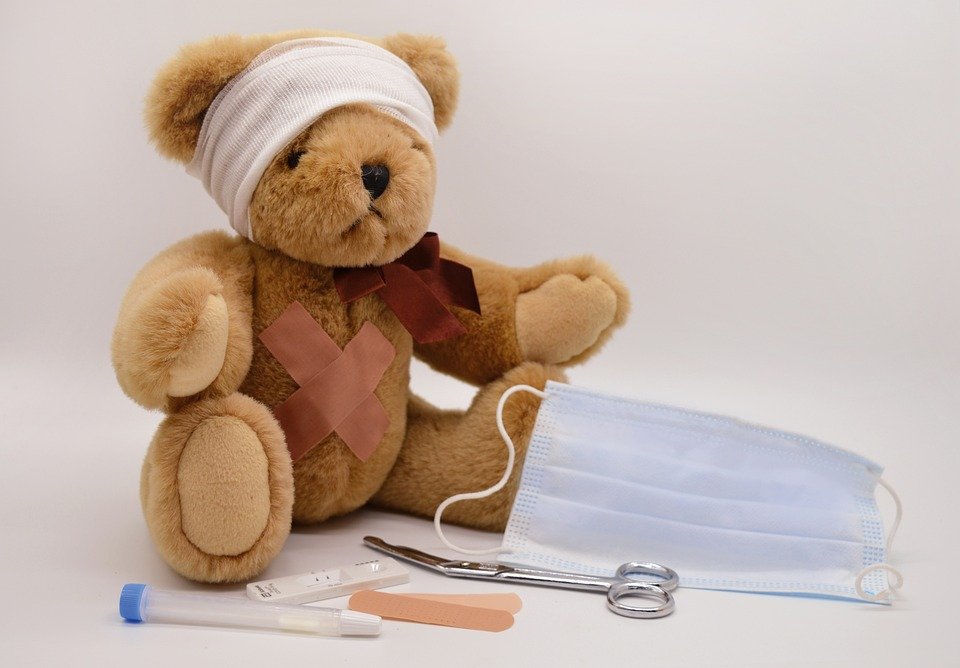
When you accidentally touch a hot stove, what is your immediate reaction? You quickly pull your hand away before you even realize that it’s hot. This lightning-fast response is due to the power of reflexes, a fascinating aspect of our body’s natural defense mechanisms.
Reflexes are involuntary, rapid responses to a stimulus that help protect our bodies from harm. They are controlled by the nervous system and are essential for our survival. Reflexes can be classified into two categories: spinal reflexes and cranial reflexes.

Spinal reflexes are the most basic type of reflexes and are controlled by the spinal cord. These reflexes do not involve the brain and are responsible for simple, automatic responses such as the knee-jerk reflex. When the doctor taps your knee with a rubber hammer, your lower leg automatically kicks out. This reflex is an example of how the nervous system can quickly respond to a stimulus without the need for conscious thought.
Cranial reflexes, on the other hand, involve the brain and are more complex in nature. These reflexes are responsible for more intricate responses such as blinking, swallowing, and coughing. For example, when something gets in your eye, your eyelids automatically blink to protect your eyes from harm. This reflex is essential for maintaining the health of our eyes and preventing damage.

The power of reflexes can also be seen in athletes and musicians who rely on quick, precise movements to excel in their respective fields. For example, a basketball player may rely on reflexes to quickly react to an opponent’s movements and make split-second decisions on the court. Similarly, a musician may rely on reflexes to play complex musical pieces with speed and accuracy.
In the medical field, reflexes play a crucial role in diagnosing and monitoring patients’ health. Doctors often perform reflex tests to assess the function of the nervous system and identify any abnormalities. One common reflex test is the Babinski reflex, where the doctor strokes the sole of the foot to observe the movement of the toes. A normal response is for the toes to curl downward, while an abnormal response is for the toes to fan out. This test can help doctors identify neurological conditions such as spinal cord injuries or brain disorders.

Reflexes can also be used to monitor a patient’s recovery from injuries or surgeries. For example, after a knee surgery, physical therapists may use reflex tests to assess the strength and coordination of the muscles around the knee joint. By monitoring the patient’s reflex responses, therapists can track their progress and adjust their treatment plan accordingly.
In conclusion, the power of reflexes is a remarkable aspect of the human body’s natural defense mechanisms. These involuntary, rapid responses play a crucial role in protecting us from harm and are essential for our survival. Whether it’s pulling your hand away from a hot stove or blinking to protect your eyes, reflexes are an integral part of our daily lives. By understanding and harnessing the power of reflexes, we can unlock the potential of our bodies to react in split seconds and navigate the world around us with speed and precision.

Discover more from Bibliobazar Digi Books
Subscribe to get the latest posts sent to your email.


